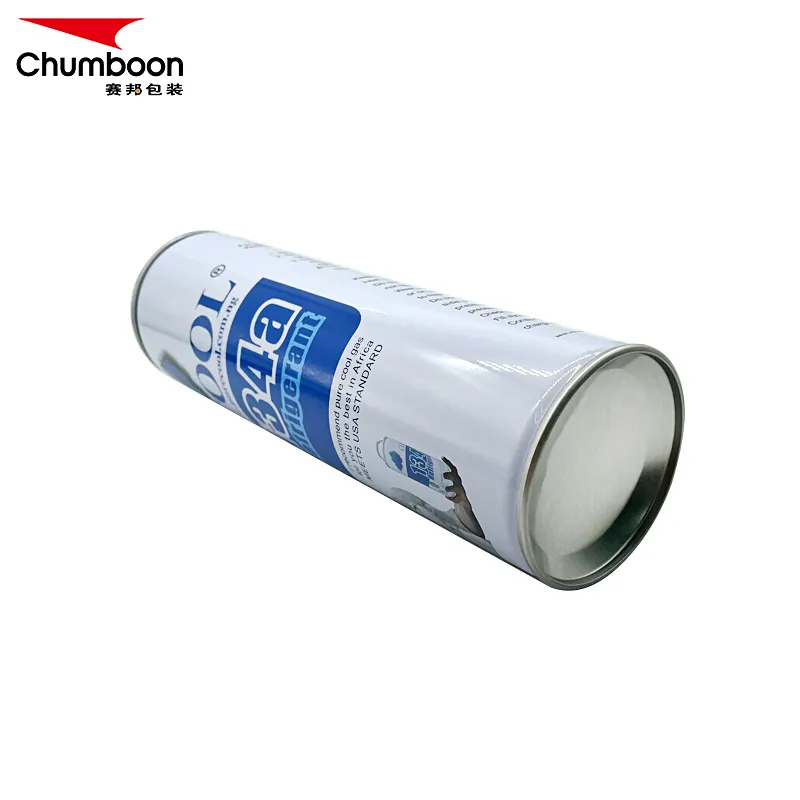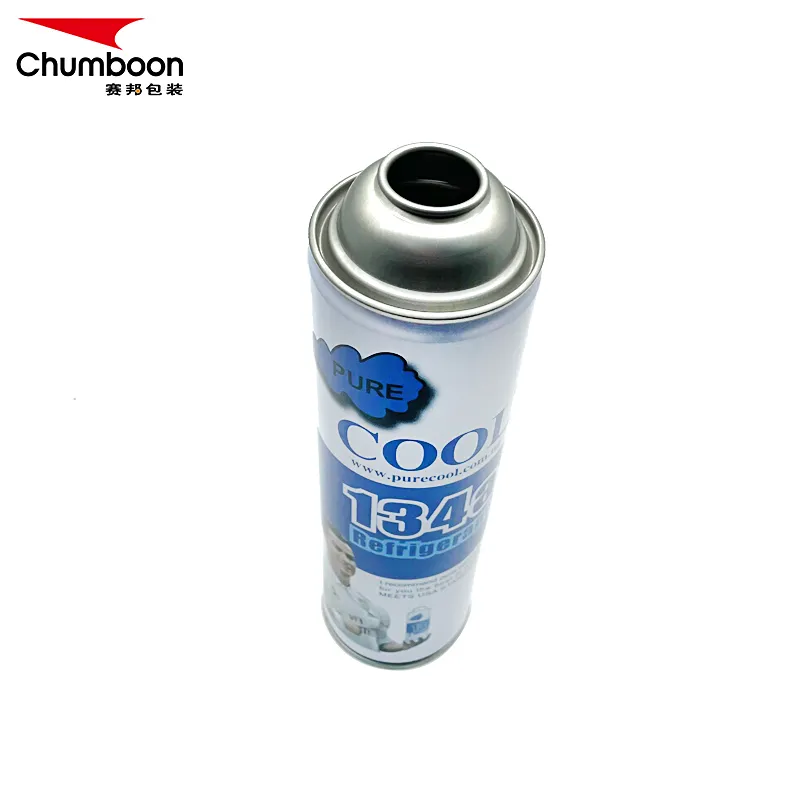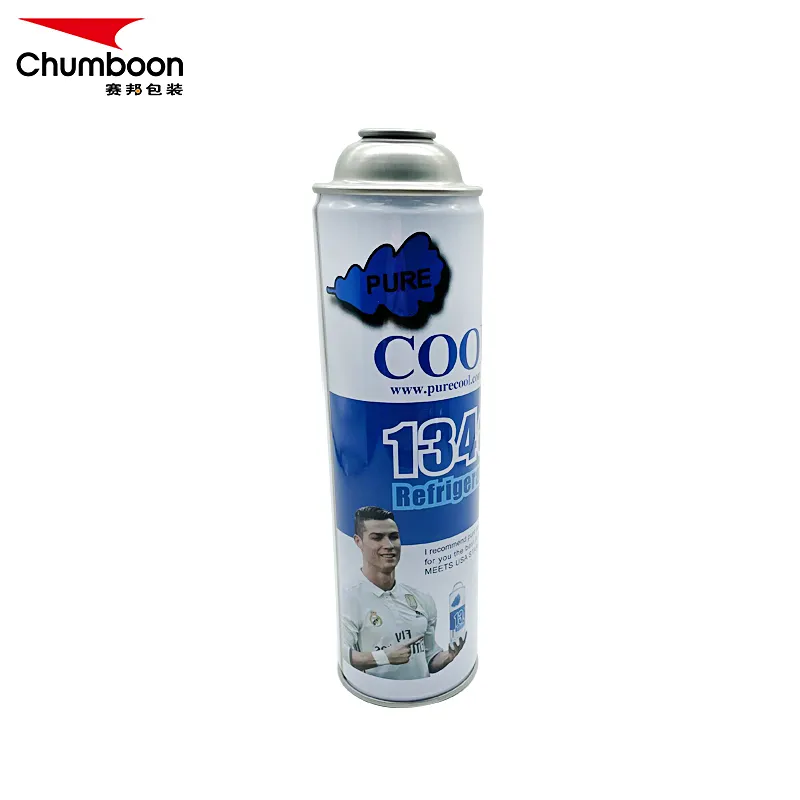In recent years, with the continuous advancement of medical technology and the improvement of people's health awareness, the demand for drug delivery systems in the medical field has increased. As an efficient and convenient drug delivery tool, aerosol tin can is increasingly used in the medical field.
This article will discuss in detail the application of aerosol tin can in the medical field, from its working principle, main advantages, specific application areas to future development prospects, and comprehensively analyze the important role of this technology in medical health.

What is the working principle of aerosol tin can?
Aerosol tin can, also known as aerosol can, is a device that uses gas pressure to spray drugs in the form of mist. The basic principle is to seal the drug solution or suspension together with the propellant in the can, and by pressing the valve, the drug is sprayed in the form of aerosol under the action of the propellant. The core components of aerosol tin can include can body, valve, propellant and drug solution.
1. Can body: usually made of metal or plastic, with high strength and corrosion resistance, able to withstand internal pressure.
2. Valve: Control the amount and spraying method of aerosol to ensure accurate dosage and uniform distribution of drugs.
3. Propellant: Commonly used propellants include compressed air, nitrogen, carbon dioxide, etc., which spray drugs by providing pressure.
4. Drug solution: Depending on the specific treatment needs, the drug can be in the form of solution, suspension or emulsion.
What are the main advantages of aerosol tin can in the medical field?
1. Precise dosage control: aerosol tin can can achieve accurate dosage spray of drugs through precise valve design to ensure consistent dosage each time.
2. Rapid onset: Drugs in the form of aerosol can quickly enter the respiratory tract or skin and quickly exert therapeutic effects. They are suitable for situations where symptoms need to be relieved quickly.
3. Portability: aerosol tin can is small and light, easy to carry, and convenient for patients to use anytime and anywhere. It is especially suitable for patients with chronic diseases who need long-term management.
4. Sterile packaging: The sealing design of aerosol tin can can effectively prevent external contamination, ensure the sterility of the drug, and improve the safety of medication.

What are the applications of aerosol tin can in the medical field?
Treatment of respiratory diseases
Aerosol tin can plays an important role in the treatment of respiratory diseases, especially asthma and chronic obstructive pulmonary disease (COPD). Inhaled aerosol drugs can directly act on the respiratory tract, quickly relieve airway spasms and inflammatory reactions, and improve symptoms of dyspnea and cough. Commonly used aerosol drugs include:
● Bronchodilators: such as salbutamol, terbutaline, etc., can quickly dilate the bronchi and relieve acute asthma attacks.
● Inhaled glucocorticoids: such as fluticasone propionate, beclomethasone, etc., have anti-inflammatory effects and are suitable for long-term control of asthma and COPD.
Treatment of skin diseases
Aerosol tin can is also widely used in the treatment of skin diseases, especially when topical drugs are required. Drugs in the form of aerosols can evenly cover the affected area, promote drug absorption, and improve the treatment effect. Common applications include:
● Antibacterial drugs: used to treat skin diseases caused by bacterial infections, such as chloramphenicol aerosol.
● Anti-inflammatory drugs: such as hydrocortisone aerosol, suitable for relieving inflammatory reactions and itching symptoms.
● Antifungal drugs: such as terbinafine aerosol, used to treat skin diseases caused by fungal infections.
Pain management
Aerosol tin can also shows its unique advantages in pain management, especially in the rapid relief of local pain. Through the aerosol form of drugs, it can quickly act on the painful area and provide immediate relief. Common applications include:
● Non-steroidal anti-inflammatory drugs (NSAIDs): such as ketoprofen aerosol, used to relieve arthritis, muscle pain, etc.
● Local anesthetics: such as lidocaine aerosol, used for local anesthesia and analgesia.
Anti-infection treatment
Aerosol tin can also has important applications in anti-infection treatment, especially respiratory and skin infections. Aerosol form of antibiotics or antiviral drugs can increase the local concentration of drugs and enhance the therapeutic effect. Common applications include:
● Antibiotic aerosol: such as Tobramycin aerosol, used to treat respiratory infections.
● Antiviral drugs: such as Ribavirin aerosol, used to treat viral respiratory infections.

Future development prospects of aerosol tin can in the medical field
With the continuous advancement of science and technology and the increase in medical needs, aerosol tin can has broad application prospects in the medical field. In the future, aerosol tin can technology will develop in the following directions:
Personalized medicine
Personalized medicine is an important development direction of modern medicine. In the future, aerosol tin can technology will pay more attention to individual differences and realize personalized drug delivery through intelligent design. For example, combined with the patient's physiological parameters and condition, customized aerosol drug dosage and formulation can provide more accurate treatment plans.
Intelligent technology
The application of intelligent technology will greatly enhance the user experience and therapeutic effect of aerosol tin can. For example, the intelligent aerosol tin can can monitor the patient's medication and health status in real time through built-in sensors and wireless communication technology, and transmit the data to the doctor's or patient's mobile device to provide scientific medication guidance and health management.
New propellants
With the increase of environmental awareness, traditional propellants such as chlorofluorocarbons (CFCs) are gradually being eliminated. In the future, new environmentally friendly propellants such as compressed air, nitrogen and carbon dioxide will be widely used to reduce the impact on the environment. At the same time, the development of new propellants will also improve the stability and safety of aerosol drugs.
Pharmaceutical nanotechnology
The development of pharmaceutical nanotechnology will further improve the therapeutic effect of aerosol drugs. Through nano-processing, drug particles can be more evenly dispersed in the aerosol, enhancing the absorption and bioavailability of drugs and improving the therapeutic effect. For example, nano drug aerosols have shown great potential in tumor treatment and gene therapy.

